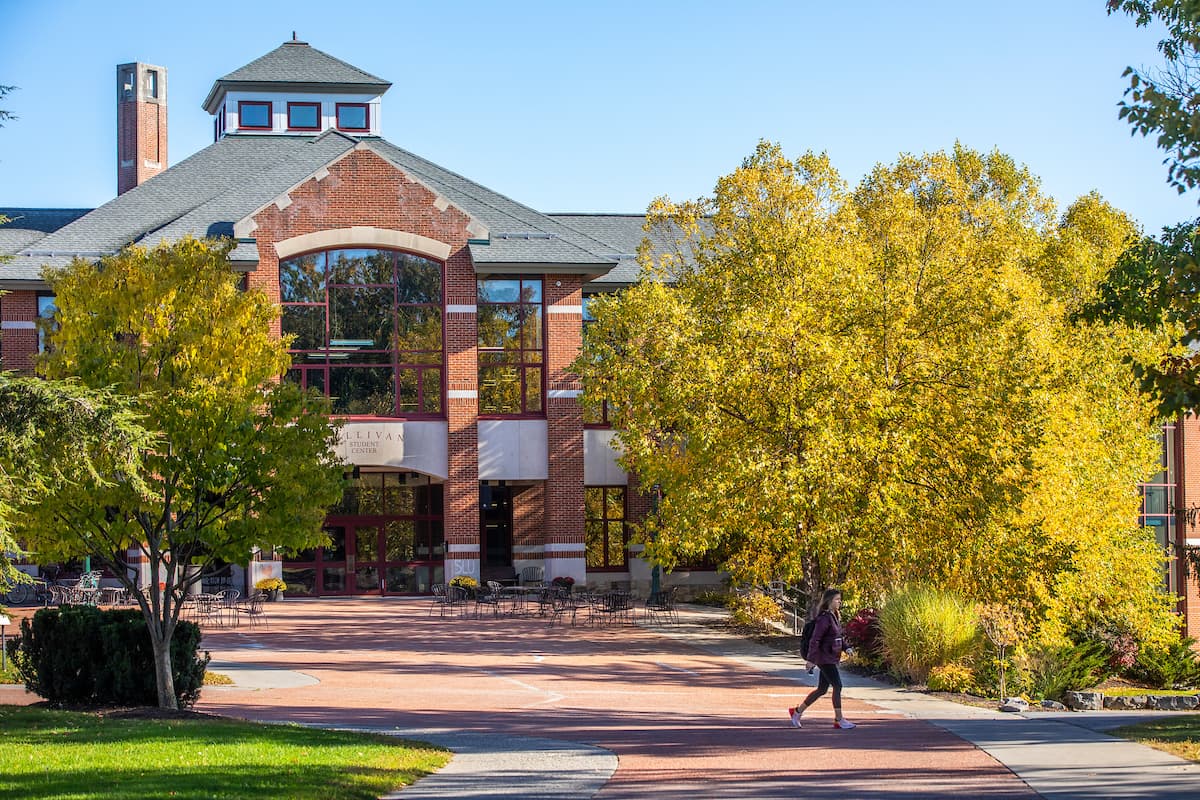By MYLES TRAINER
STAFF WRITER
We have done so much this fall at the sustainability site, everything from timber framing to harvesting to food preparation. Shouldn’t a liberal arts institution be similar to working on a diversified farm because it gives you a plethora of experiences, which enhance your knowing what you may do after school? I don’t think so, not for everyone here.
During my time at St. Lawrence I have had the opportunity to experience many different things that I am passionate about, however, I still lack any idea of what will spark my interest after school. A trait Flannery O’Connor’s fiction writing is known for is epiphany: a situation where the character is brought through a series of events, which lead to a light bulb moment that grants him or her a better self-understanding.
It seems that a lot of people, myself included, come to a college with no clue what they are going to study, but expect to have that epiphany moment over the course of their four years here. The fact is, it may not happen at college and it is not something to push, but rather something to look out for while the experiences of past and present events guide you through life.
Last week we diced tomatoes for 2 hours, but this week, with pitchforks in hand, we harvested carrots; each one nestled in its own dirt bed, weekly gaining more sweetness before its expected harvest date. As I stroked the soil, Kyra and I talked about outdoor labor verses inside work. We both agree on the idea that working with our hands outside directly after school interests us the most. There is a lot more to it than just that though.
Figuring out the atmosphere that stimulates an individual is just as important as the occupation they undertake. Shhhunkk, wrenching the pitchfork, a few carrot tops emerged from dark soil. Looking out across the farm you can tell why we are picking carrots and not tomatoes. Only the heartiest vegetables will endure the cold fall months that grace the thriving earth of northern New York.
The carrots themselves are different from each other, too. We worked vigorously down the rows rummaging for all the shapes and formations. Each carrot’s spindly white arms appended themselves to the surrounding soil. Taking the luscious greens in our hands we yanked watching the orange cones wiggle from their beds. You could tell each one had burrowed its way down differently depending on what variables existed in the loam. Each carrot had taken its own route depending on what worked best for it growing in that environment. Some carrots even contained various tips resembling the multiple tries at growing and gaining size.
As Jamie and Ben stood in the middle of the completed row Kyra and I worked our way down either side uncovering the carrots. On my side the carrots lied in uniform order, like a line of fire encroaching on its surroundings, the carrots faced the same direction pointing to the center of the row. Kyra took a different approach, though her stacks were orderly, they lay parallel with the row in the walking path.
Maybe I was thinking too much about order versus actually getting down the row. Everyone learns differently from how they are brought up. After tolerating my dad’s disorder for two years at our family’s bike shop, I gained a sense of order. Some people take longer to figure out their path of growth while others hone it in from the beginning.
It doesn’t matter what type of person you are, we all do it differently, but I do encourage the opportunities and resources at St. Lawrence to get a well-rounded understanding of that path. By gobbling up all the diverse opportunities here, you may find yourself knowing what you want to do from the beginning. If not at, the very least, you will develop some ideas that you can always go back to after you have tried other things post college.



